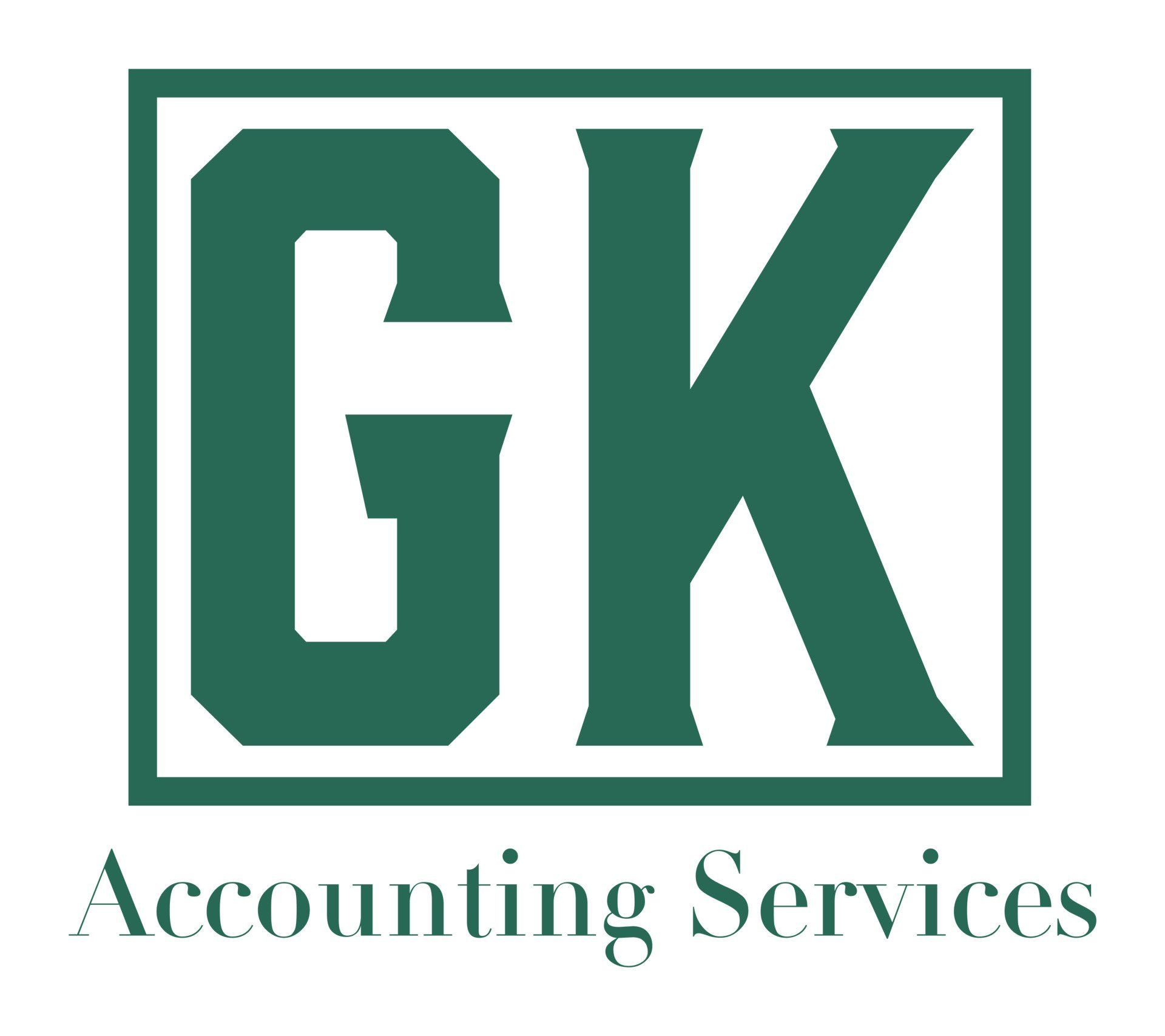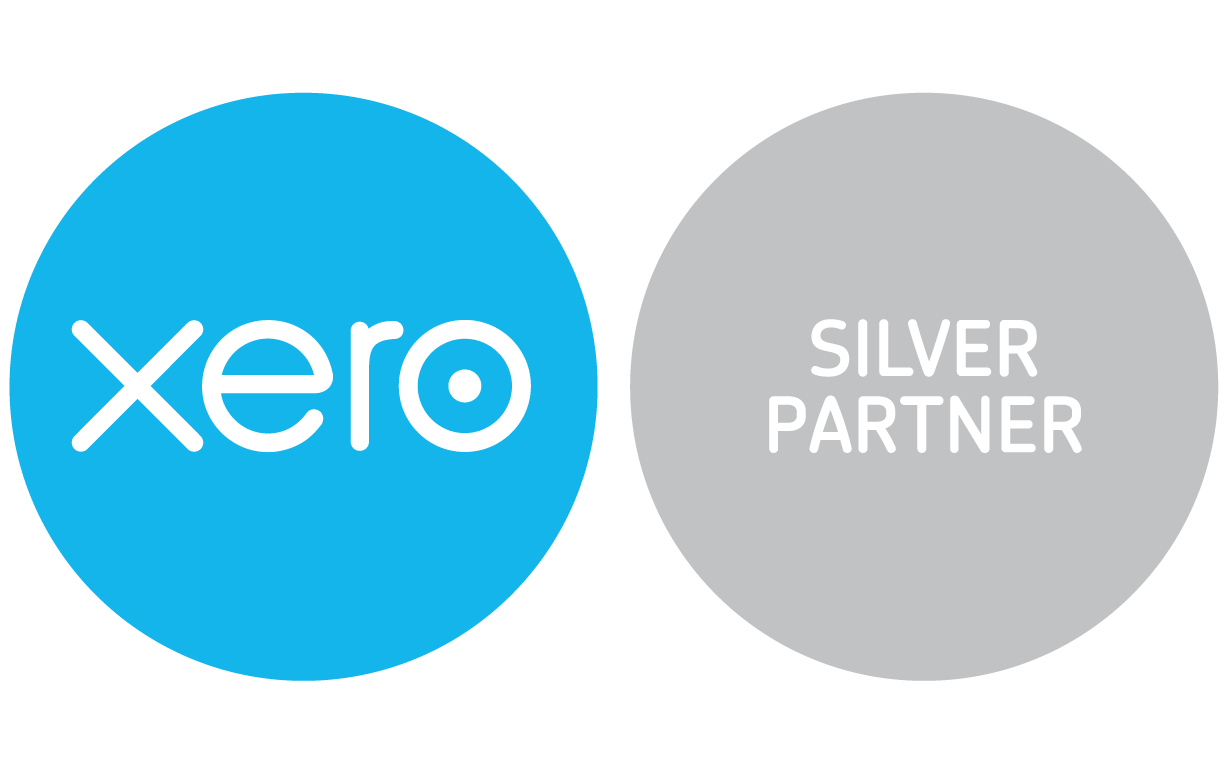Empowering Homeowners: The VAT DIY Housebuilders Scheme
Embarking on the journey of constructing a new home or undergoing a conversion project is a significant endeavour laden with complexities, costs, and considerations. To ease this path, the VAT DIY Housebuilders scheme steps in, offering homeowners a unique opportunity to access specialised VAT regulations that mirror the benefits enjoyed by property developers. By delving into the intricacies of this scheme, we can uncover how it facilitates tax advantages, recent updates, and the step-by-step processes homeowners need to follow to harness its potential.
Understanding the Scheme
The VAT DIY Housebuilders scheme serves as a conduit through which homeowners constructing a residence can capitalise on specialised VAT regulations. By zero-rating the qualifying costs associated with new home construction and specific conversion works, this scheme endeavours to position homeowners on par with property developers regarding tax advantages. In essence, it seeks to provide a level playing field where those building their homes can navigate taxation's intricacies more favourably.
Digital Transformation and Time Limit Extension
As part of the Spring Budget measures, the government has unveiled plans to digitise the VAT DIY Housebuilders scheme. This heralds a leap towards efficiency and modernisation in an age where digital transformation is paramount. Furthermore, the window for making claims is set to widen from three to six months, a move aimed at providing homeowners with a more reasonable timeframe to initiate their claims. While the precise date for implementing these changes remains undisclosed, their potential impact on streamlining the process is considerable.
Eligible Materials and Exceptions
Homeowners engaging with the VAT DIY Housebuilders scheme can claim VAT refunds on qualifying building materials that have incurred VAT charges. This encompasses a broad spectrum of materials incorporated into new constructions or conversions that cannot be easily dismantled. However, it's crucial to recognise that certain exceptions exist. Fitted furniture, carpets, and select domestic appliances are among the exclusions that warrant careful consideration.
Claim Timeline and Procedure
Time constraints are integral components of the VAT DIY Housebuilders scheme. Presently, the standard timeline for submitting a claim is within three months following the completion of the new build or conversion, facilitated through the relevant form. Successfully approved claims typically trigger repayments within approximately six weeks. These deadlines underscore the importance of a well-coordinated and timely approach to ensure homeowners maximise the scheme's benefits.
Claim Forms for Different Scenarios
Claiming under the VAT DIY Housebuilders scheme hinges on two distinct forms tailored to specific scenarios. The first form, VAT 431NB, is tailored for new builds, facilitating the claim process for those embarking on constructing entirely new residences. On the other hand, the second form, VAT431C, caters to qualifying conversions, covering instances where non-residential properties are transformed into residential units. The scheme demonstrates flexibility and inclusivity by catering to these different situations.
The VAT DIY Housebuilders scheme is a testament to the government's commitment to facilitating homeowners' journeys in constructing new dwellings and undertaking conversion works. Its specialised VAT rules, evolving digital transformation, extended time limits, and comprehensive eligibility criteria underscore a concerted effort to level the taxation field. The scheme aligns with the government's aspiration to empower homeowners and foster a thriving environment for self-built residences by offering equitable tax benefits akin to those property developers enjoy. As these changes come into effect and homeowners gain a more comprehensive understanding of the scheme, a brighter future emerges for those venturing into home construction.
Want More Information?
Areas We Cover
New paragraph
Address: 168b Saron Road, Saron, Ammanford, Carmarthenshire, SA18 3LN
Phone: 01269 518815
Email: info@gkaccountingservices.com
Privacy Policy





